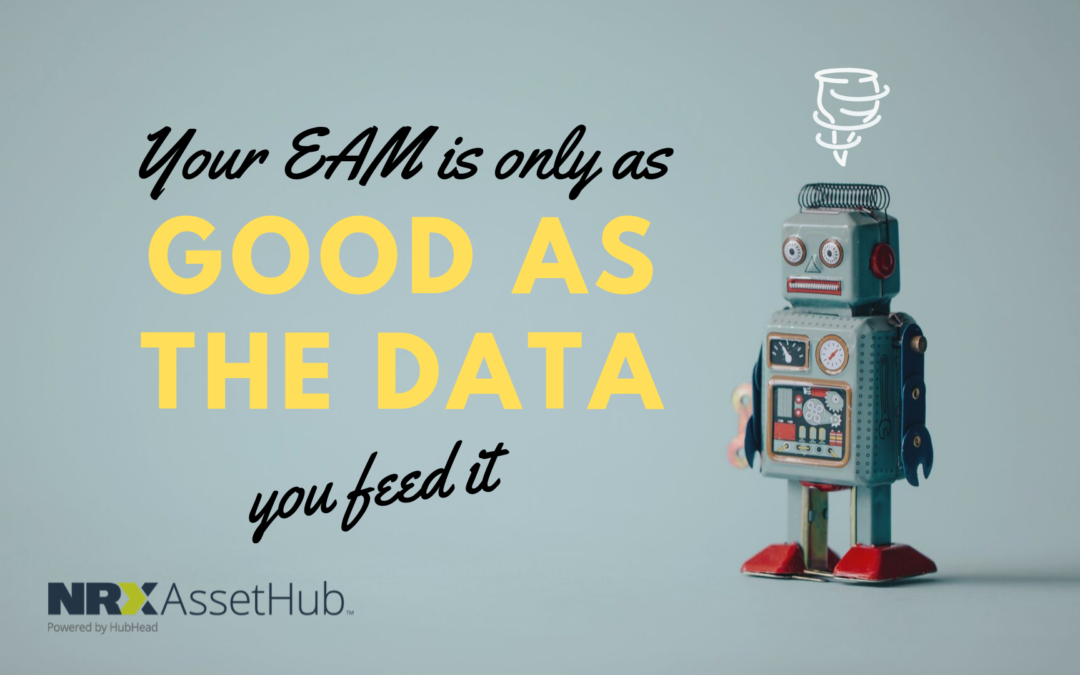When we load bad data into our systems, we cannot expect them to deliver great results. Sometimes we do this mindlessly or maybe as a way of convenience, but this shouldn’t be an option to begin with.
So, are you investing in your data for the long run? You shouldn’t be loading all your data into your systems without first ensuring your data is fit for purpose. When you put high quality data in your system, you can expect to receive high quality results from using your systems. The utility of your EAM and CMMS system, as well as your business can be ensured through having a reliable data governance process.
Can you trust your data?
Incomplete and inaccurate EAM and CMMS data results in:
- Poor performance of the new EAM system
- Sub-optimal maintenance performance
- Increased time required to complete the implementation
- Even greater degradation of the data over time
- Major cost overruns
- Unplanned production outages
- A high level of frustration for maintenance team members
Just looking at a few of these outcomes, you can see how awful, bad data really is for your organization. Every year, many asset-intensive businesses spend billions of dollars on their EAM and CMMS system. Yet the expected value of these solutions may still fall far short of expectations. Unfortunately, many companies jam legacy data into the new system, failing to ensure their data is complete and accurate.
There is no secret ingredient in the recipe for success. But having complete and accurate maintenance and asset data is critical to success.
How can you build a sustainable asset data foundation using NRX AssetHub?
When your organization has established a solid data governance process, you are ensuring future risks are minimized, as well as the longevity of your business. NRX AssetHub allows organizations to address the root cause of costly and inefficient maintenance practices through the structured governance of enterprise-wide Asset Data. With NRX AssetHub, organizations can reduce maintenance costs tied to poor data, control exposure to operational risks, and build repeatable processes and reference points that can be leveraged across the enterprise.
Share this article

